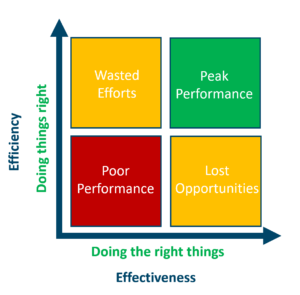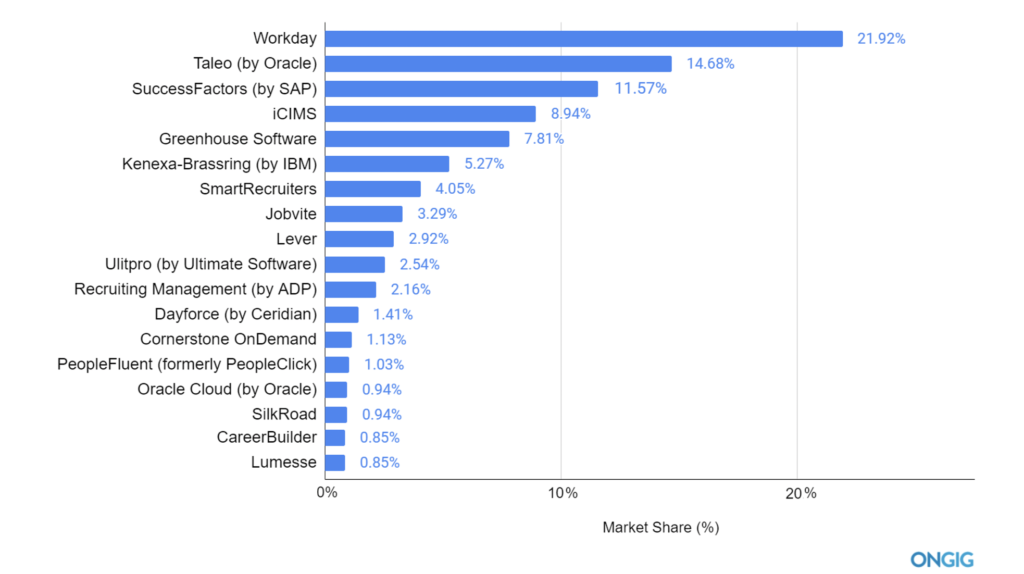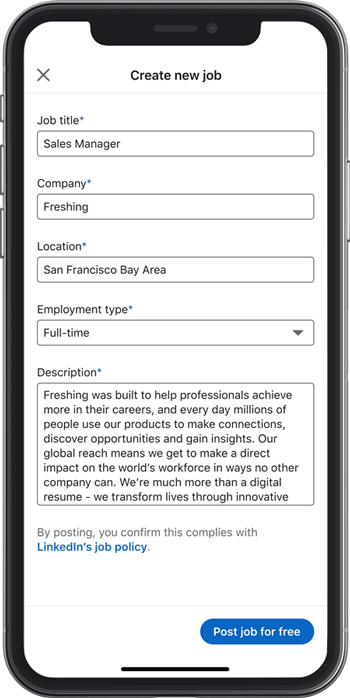Two rules of thumb in acquiring talent:
- In a good, long-term economic outlook, building talent will ultimately be better.
- In a questionable, short-term economic outlook, buying/renting talent is the best bet.
2021 is not the time to decide to build talent, at least not in the first two quarters. Most organizations have already started renting talent and we see contingent labor as a percent of the workforce rising in Q1 and Q2 as organizations determine how the economy will come back.
We actually saw this start to increase in Q3 and Q4 of 2020.
If the economic uncertainty continues into later 2021, we’ll see these numbers continue to rise.
With so much talk about “Internal Mobility” in the HR Tech space, it seems like the opposite is being spun as the better solution. For a few organizations, who have continued to stay busy during the pandemic and believe they’ll continue after, this is probably the right strategy.
For the vast majority of companies, the focus on hiring more contingent is a better strategy over the next 12-18 months, to ensure they will have much more flexibility and the ability to move quickly to move their headcount up and down based on immediate business needs.
In Questionable Economic Times, You Need Workforce Flexibility!
I run into a lot of mid-sized enterprise organizations (500-2500 employees) who freak out when you talk about contingent labor. “We only hire direct, Tim!”
Um, okay, so all those Fortune 1000 organizations that have anywhere from 15-30% of their workforce as contingent are doing it wrong? You know better than they do, is what I’m hearing? Or, are you feeling like hiring contingent labor is somehow a sign of weakness for you as an HR/TA Leader?
Our reality is we saw a decade of crazy growth since the Great Recession. Many organizations during that time forget. Forget the need for a fast flexible workforce that you can ramp up and ramp down very quickly. Large organizations, tend to move slower and forget less. They probably have people around who remember what bad economic times look like.
Quite frankly, I don’t care how or who you hire.
I do know those TA leaders who move up in their careers tend to understand total workforce strategies better than those who stick to one strategy no matter what the external circumstances they are facing. Also, they are more likely to incorporate multiple strategies and test what works more.
In 2021 we see more organizations buying and renting talent in the short-term. They want to make sure, before adding a permanent headcount, that the organization can sustain itself in the long term. If it can’t, quick and easy ramp down. If it can, they already have some trained and proven workers to pick from for the long term.
You only get talent in two ways, buy or build. Both are valid strategies for corporate TA leaders, and both are used often together. What will you be doing in 2021?



